In the quiet halls of Harvard Law School, where centuries of legal wisdom are preserved and studied, a remarkable discovery has brought a piece of history back into the spotlight. A document once thought to be a mere copy of the Magna Carta has now been revealed as an extremely rare original from the year 1300. This extraordinary find, made possible through diligent research and a keen eye for detail, has sent ripples of excitement through the academic world and beyond.
The story of this discovery begins with an academic's curiosity and a serendipitous moment of revelation. David Carpenter, a professor of medieval history at King’s College London, was working from home, exploring Harvard Law School’s online archives in search of unofficial copies of the Magna Carta. His quest was driven by a desire to uncover historical documents that might shed new light on this foundational text of liberty and law. As he sifted through the digital records, he stumbled upon Harvard Law School manuscript number 172. Expecting to see a statute book, he was astonished to find an original of the 1300 Magna Carta.
"I was just working at home... looking for unofficial copies of Magna Carta and finding quite a lot of them," Carpenter recounted. "I finally came to Harvard Law School manuscript number 172, clicked on that, expecting to see a statute book. And what I saw... was an original of the 1300 Magna Carta." Overwhelmed by the significance of his find, Carpenter immediately reached out to Nicholas Vincent, a professor of medieval history at the University of East Anglia and a fellow expert on the Magna Carta. "I said, ‘is this what I think it is?’ And he said, ‘yeah, I think it is too,’” Carpenter recalled.
The Magna Carta, often regarded as the earliest declaration of human rights, is a cornerstone of modern democracy. It is credited with enshrining the rights of man in English law and establishing the principle that the king and his government were not above the law. According to the United Kingdom’s Parliament website, the charter was the first “to put into writing the principle that the king and his government was not above the law.” This revolutionary document laid the groundwork for the rule of law and the protection of individual liberties, principles that continue to shape societies around the world.
"He (the King) couldn’t just say, ‘off with your head, into prison, I’m seizing your property.’ If he wanted to act against you, he had to do so by due legal process," Carpenter explained. This fundamental shift in the balance of power between the monarchy and its subjects marked a pivotal moment in the history of governance. The Magna Carta’s influence can be seen in the development of constitutional law in England and beyond, inspiring generations of lawmakers and activists who sought to protect individual rights and limit the power of the state.
The Harvard document, now confirmed to be one of just seven surviving originals from King Edward I’s 1300 issue of the Magna Carta, holds immense historical and cultural value. Its provenance is as fascinating as the document itself. Harvard’s Law School Library acquired the manuscript in 1946 via auction from London bookdealers Sweet & Maxwell. The auction catalogue described the manuscript as a “copy…made in 1327… somewhat rubbed and damp-stained.” This description, it turns out, was woefully inaccurate.
The London bookdealers had only owned the document for a short time, having purchased it from Air Vice Marshal Maynard, a World War I pilot who had inherited it from two leading campaigners against the slave trade. "The provenance of this document is just fantastic," Vincent remarked. "Given where it is, given present problems over liberties, over the sense of constitutional tradition in America, you couldn’t invent a provenance that was more wonderful than this."
Multiple tell-tale signs initially gave away the document’s authenticity. Carpenter noted the style of handwriting and the distinctive large “E” at the start of the first line, which stands for “Edwardus.” The document’s dimensions, measuring 48.9 centimeters (19.3 inches) by 47.3 centimeters (18.6 inches), were also consistent with those of the six previously known originals. To further confirm its authenticity, ultraviolet images and other images provided by Harvard Law School were used to “match up” the text of the new document to the other originals. "That made me convinced that it was indeed authentic," Carpenter said.
The discovery of this rare Magna Carta at Harvard Law School is a testament to the enduring power of historical research and the importance of preserving and sharing our collective heritage. Amanda Watson, Harvard Law School’s assistant dean for library services, praised the work of the British academics, calling it a "fantastic discovery." She emphasized that the new research "exemplifies what happens when magnificent collections, like Harvard Law Library’s, are opened to brilliant scholars."
As the academic world celebrates this remarkable find, the future of the document is already being planned. Both Carpenter and Vincent are scheduled to visit Harvard in June for a celebration to mark the discovery of this medieval treasure. Following the celebration, Carpenter believes that the document will be put on public display as "one of the jewels in the crown" of Harvard’s collection. This rare Magna Carta, once overlooked and undervalued, will now take its rightful place among the most cherished artifacts of human history.
The rediscovery of this Magna Carta serves as a powerful reminder of the importance of preserving and studying historical documents. In an era where digital archives are increasingly accessible, the potential for uncovering hidden treasures remains vast. This document, once thought to be worth only $27.50, is now recognized for its true value: an invaluable piece of history that continues to inspire and inform our understanding of liberty and the rule of law.
As we reflect on this extraordinary discovery, we are reminded of the enduring legacy of the Magna Carta. Its principles, enshrined over eight centuries ago, continue to shape our world. The document’s journey from obscurity to recognition is a testament to the power of scholarship and the enduring importance of preserving our past. In the halls of Harvard Law School, this rare Magna Carta will stand as a symbol of justice, liberty, and the unyielding pursuit of knowledge.

By /May 21, 2025

By /May 21, 2025

By Natalie Campbell/May 21, 2025
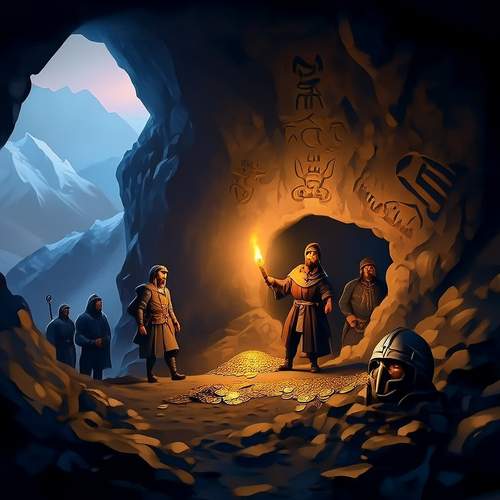
By Victoria Gonzalez/May 21, 2025

By Noah Bell/May 21, 2025
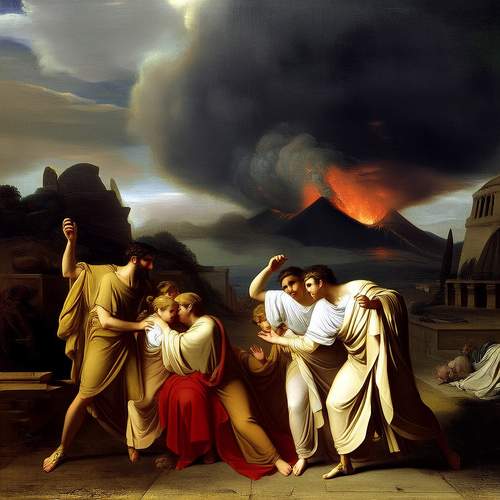
By Joshua Howard/May 21, 2025
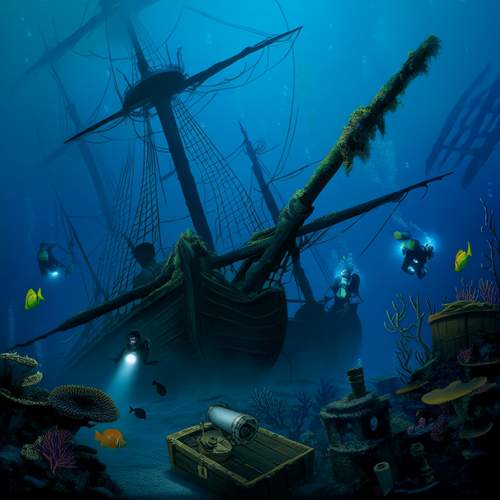
By Olivia Reed/May 21, 2025

By David Anderson/May 21, 2025

By Victoria Gonzalez/May 21, 2025
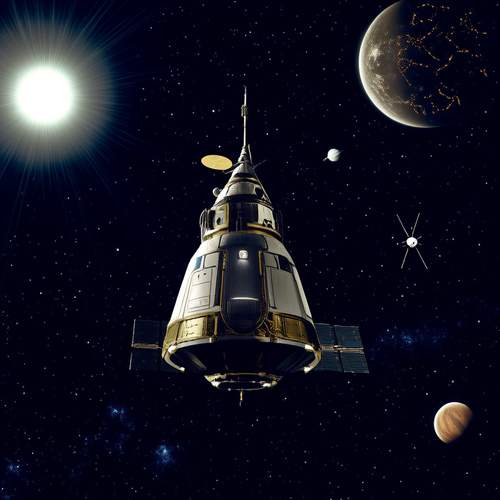
By Sophia Lewis/May 21, 2025

By Daniel Scott/May 21, 2025

By Jessica Lee/May 21, 2025
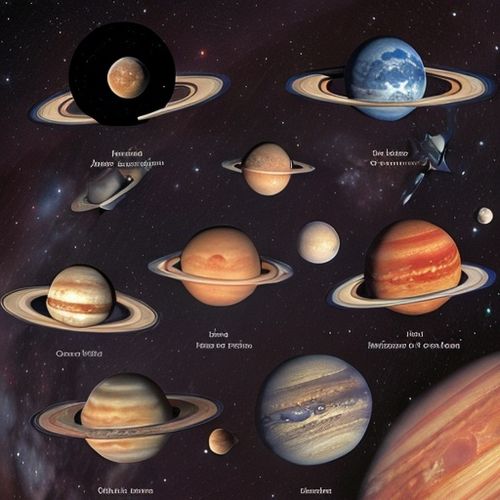
By Jessica Lee/Dec 22, 2024

By Emily Johnson/Dec 22, 2024
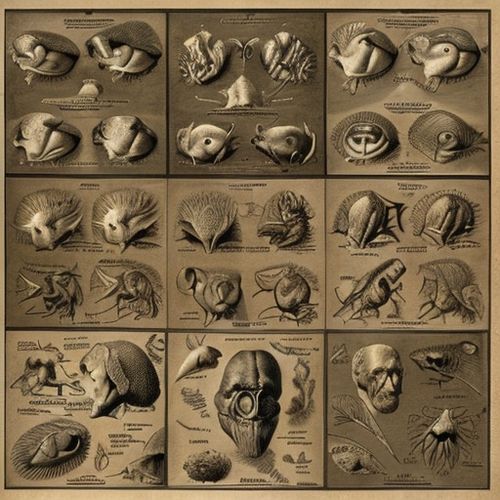
By Elizabeth Taylor/Dec 22, 2024

By Benjamin Evans/Dec 22, 2024

By Elizabeth Taylor/Dec 22, 2024